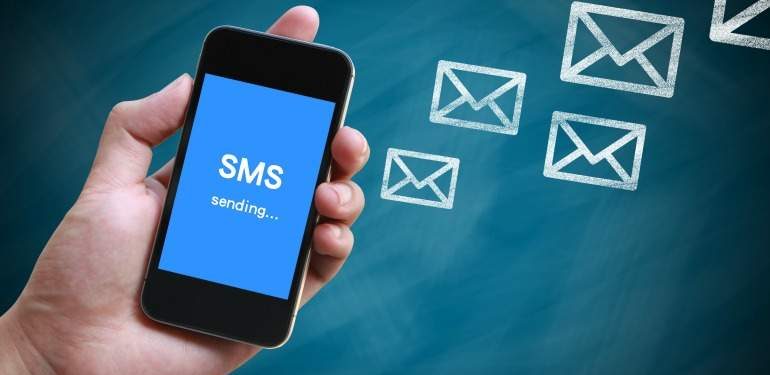How can we integrate SMS Marketing?


The main advantage of the SMS Marketing is that it allows contact with the user wherever they are (we all carry our mobile devices with us 24 hours a day). On the other hand, its nature (it is an "intimate" medium) requires a more cautious and respectful approach. We assume that a user who receives 5 or 10 commercial emails a day will not feel extremely annoyed or violated, whereas if they receive the same amount of SMS messages, their level of dissatisfaction will be higher. However, it is precisely this "intimate" nature that makes it possible to carry out very effective actions.
As a starting point, we need to establish a programme for sending SMS messages based on clear and explicit user permission to do so. The question is, which of our users will be willing to give us this consent? It seems logical to think that it will be those who value and are most involved with our brand. In addition, we must take into account that when it is very relevant information for the user (for example, an alert telling them that they can pick up an order, or a reminder about the proximity of an event to which they have registered) SMS messages are well accepted by the general public. In this way, depending on how imaginative we are, we can develop different tactics to get a customer to give us their mobile phone number on the one hand, and increase repeat purchases on the other.
Three actions The easy-to-implement measures that we can carry out are:
1- Indirect collection of mobile phone numbers
Whether at the point of sale or on the website, we ask for the user's telephone number, indicating that it will be used to communicate the status of their orders. As we mentioned, if the information to be communicated is very relevant to the user, it is more likely that they will provide us with their mobile phone number.
2- Direct collection
We explicitly ask our customer to leave us their telephone number so that we can communicate offers and commercial information to them. It is a matter of selecting the customers from whom we are going to ask for this information. If we request this information from a user who does not yet know us, who has not experienced the service we offer and who has not established a bond of security and appreciation with our brand, we will get practically no response (in these cases, requesting the email is much more effective).
3- Take advantage of the moments when the user is most willing to respond to the message.
In the case of a retailer, for example, if we know which days and times are the busiest in our shops, we can launch an SMS campaign in that time window, inviting our users to come to the shop and redeem a promotional code included in the message.
As we have seen, in order for SMS actions to be effective, we must respect the characteristics of the channel itself and adapt to the nature of the target. On the other hand, it is necessary to think strategically about which channel to use to communicate with each of our users, taking into account their profile, their value, and the stage they are at within the User Life Cycle.
